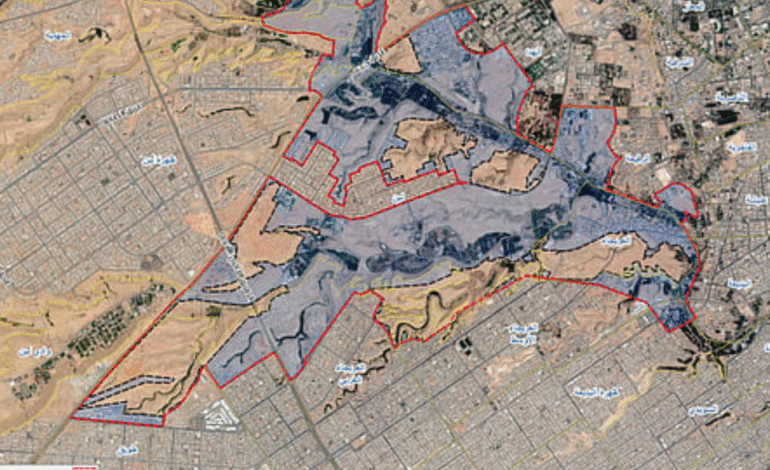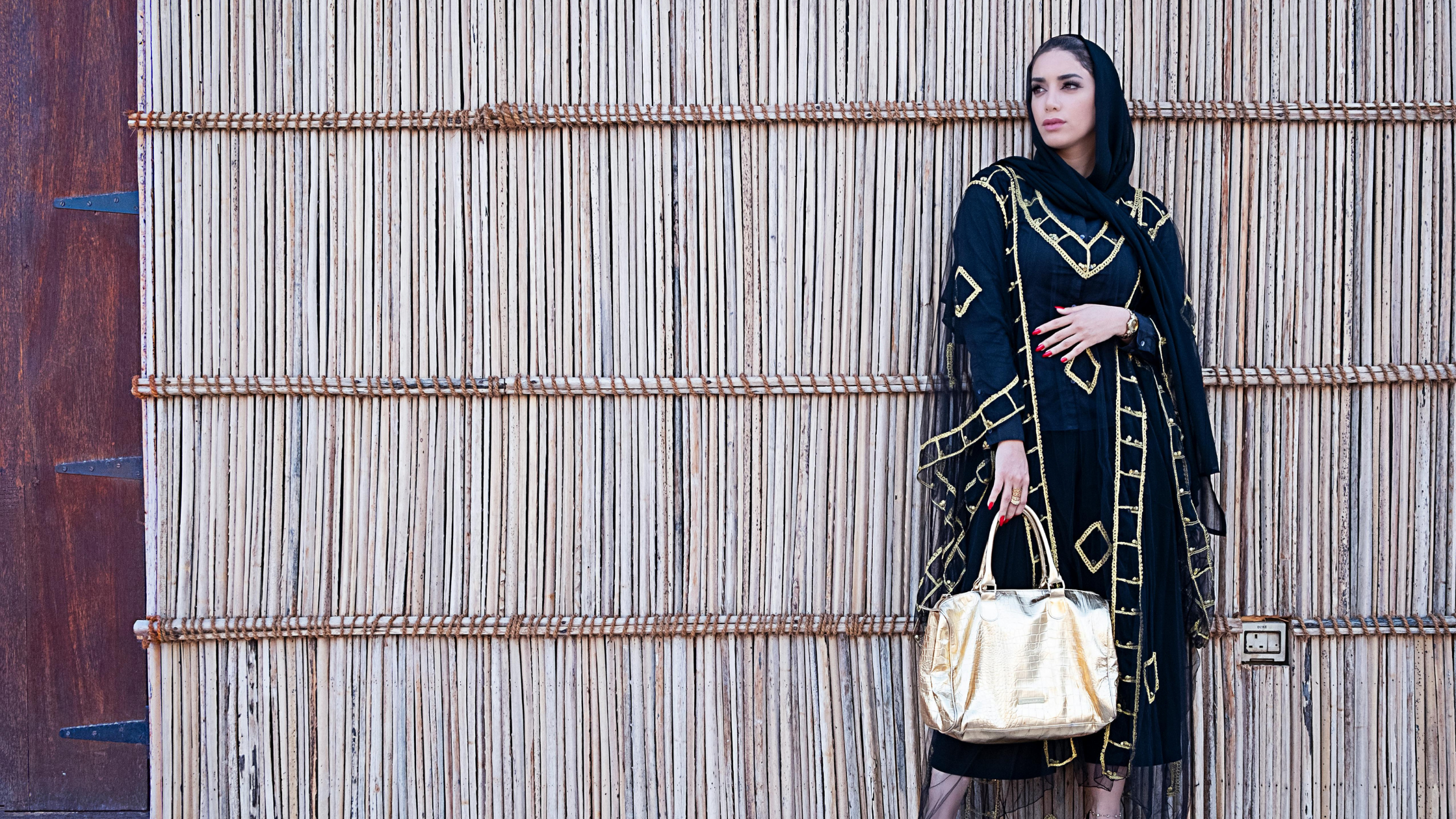Riyadh Lifts Land Suspension: 33.24 km² Ready for Development

The Royal Commission for Riyadh City (RCRC) has made an important announcement for the real estate and urban development sector. It has decided to lift the suspension on land development in western Riyadh, covering a total area of 33.24 square kilometers. This decision opens up new possibilities for landowners, developers, investors, and residents, marking a major step in shaping Riyadh into a modern, sustainable, and livable city.
The move aligns perfectly with Saudi Arabia’s Vision 2030, which emphasizes urban transformation, sustainability, and improving the quality of life for citizens. With this development, Riyadh aims to balance growth, preserve the environment, and provide better living standards for its residents.
Strategic Decision for Urban Growth
The lifting of the land suspension is not just a routine update. It is part of a broader urban development plan by the RCRC to revitalize Riyadh’s western areas. By reopening these lands, the commission aims to:
- Encourage property transactions, allowing landowners to buy, sell, or lease their land.
- Support developers in planning and constructing projects that follow modern urban standards.
- Attract local and international investment, boosting economic activity in the city.
- Enhance urban planning, making neighborhoods more functional and sustainable.
This approach ensures that growth in Riyadh happens in an organized and strategic manner, avoiding random or unplanned construction while creating opportunities for residents and businesses alike.
What Landowners and Developers Can Do
With the suspension lifted, landowners and property holders can now:
- Buy and sell land freely, increasing market activity and liquidity.
- Plan, subdivide, and partition plots, allowing flexibility for different types of developments.
- Apply for building permits, enabling construction projects that comply with the Wadi Hanifa urban code.
These measures aim to accelerate urban growth and attract developers who are looking for prime land in well-planned areas of Riyadh. For investors, this is an excellent opportunity to participate in the city’s rapidly growing real estate sector.
Understanding the Wadi Hanifa Urban Code
A key feature of this development is the application of the Wadi Hanifa urban code. This set of regulations ensures that all construction and development projects respect the natural landscape, heritage, and ecology of the area.
The Wadi Hanifa region is a natural valley running through Riyadh and is considered a historic and ecological landmark. It provides scenic beauty, green spaces, and recreational areas for residents. The urban code includes rules to:
- Preserve the natural environment, including water streams, greenery, and wildlife.
- Guide building patterns, ensuring structures are in harmony with the surrounding landscape.
- Promote sustainable construction, including energy-efficient buildings and eco-friendly designs.
- Support community-focused planning, creating neighborhoods that meet residents’ needs.
By implementing this code, the RCRC is ensuring that new developments are not only functional but also environmentally responsible.
Sustainability and Accessibility at the Core
The initiative strongly emphasizes sustainability and accessibility, which are vital for creating long-term livable communities. Developers are encouraged to include:
- Green spaces, parks, and public gardens for residents to enjoy outdoor activities.
- Walking paths, cycling tracks, and pedestrian-friendly streets to reduce traffic and pollution.
- Proximity to essential services, such as schools, hospitals, and shopping centers.
- Modern infrastructure, including reliable utilities, roads, and public transport links.
These measures ensure that communities are not only visually appealing but also functional and comfortable. Residents will enjoy high-quality living environments that support health, safety, and well-being.
Benefits for Riyadh’s Real Estate Sector
The reopening of these lands has significant benefits for the real estate sector. These include:
- Boosting property values, as more plots become available for construction.
- Encouraging local and foreign investment, helping to diversify the economy.
- Creating job opportunities, particularly in construction, architecture, and urban planning.
- Stimulating the housing market, making homes more accessible for citizens.
This step also strengthens Riyadh’s position as a leading city in the Middle East for modern, sustainable, and innovative urban development.
Residents Benefit from Better Urban Design
Residents of western Riyadh will experience numerous improvements due to this initiative. These include:
- Well-planned neighborhoods with organized layouts and infrastructure.
- Access to recreational areas, including parks, walking paths, and community centers.
- Safe and sustainable living environments, with eco-friendly building standards.
- Improved quality of life, as urban services become more accessible and convenient.
The Wadi Hanifa urban code ensures that these developments are aligned with residents’ needs, creating neighborhoods that are comfortable, safe, and vibrant.
Aligning with Saudi Vision 2030
This land reopening is also a strategic move to achieve the objectives of Saudi Vision 2030. The vision emphasizes:
- Sustainable urban development, reducing environmental impact while promoting growth.
- Smart city initiatives, integrating technology for efficient city management.
- High-quality infrastructure, supporting modern lifestyles and economic opportunities.
- Balanced growth, ensuring that natural and cultural heritage is preserved.
By following these principles, Riyadh is transforming into a world-class city that combines modernity with tradition, offering a high standard of living for all residents.
Long-Term Urban Planning
The lifting of the suspension is part of a long-term urban development plan for Riyadh. The RCRC is focused on:
- Phased development, ensuring each stage of growth is carefully managed.
- Creating distinctive urban models, giving each district a unique identity.
- Preserving natural landmarks, like Wadi Hanifa, while encouraging development.
- Improving transportation and accessibility, making it easier for residents to move around.
This approach ensures that Riyadh grows in an organized, sustainable, and inclusive manner, benefiting both citizens and investors.
Steps for Landowners
Landowners who wish to develop their property can now take simple and clear steps:
- Buy, sell, or lease property easily, following official guidelines.
- Plan plots, including subdivisions and layouts, according to regulations.
- Apply for building permits through authorized channels, ensuring compliance with the Wadi Hanifa urban code.
- Engage with developers or investors to create residential, commercial, or mixed-use projects.
These steps will help transform unused land into thriving communities while maintaining environmental balance.
What This Means for the Future
The decision to lift the land suspension in western Riyadh is a major milestone in the city’s journey toward modernization and sustainability. Residents, investors, and developers all stand to benefit from:
- Planned urban growth, avoiding unorganized construction.
- Increased investment opportunities, locally and internationally.
- Sustainable, eco-friendly neighborhoods, preserving natural landmarks.
- Improved quality of life, with better services and community infrastructure.
Overall, this move reflects the RCRC’s commitment to creating a modern, accessible, and environmentally-conscious Riyadh.







